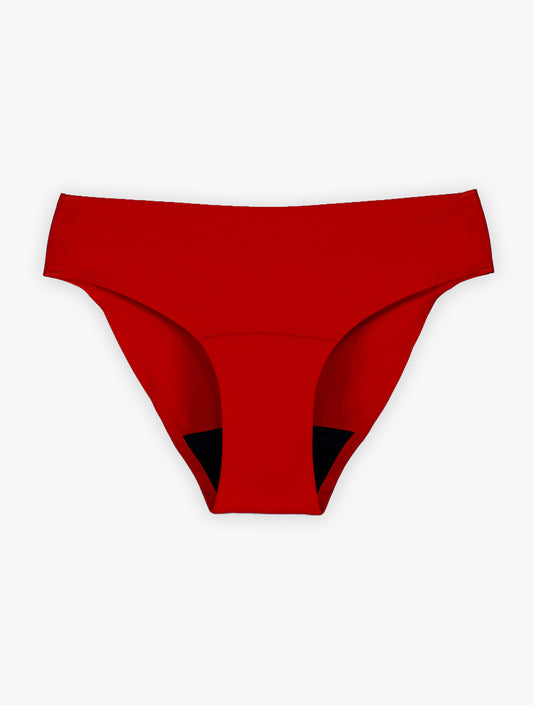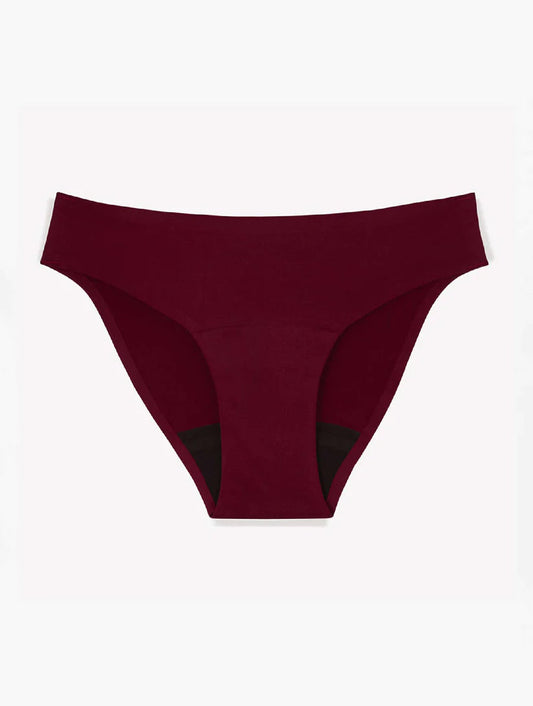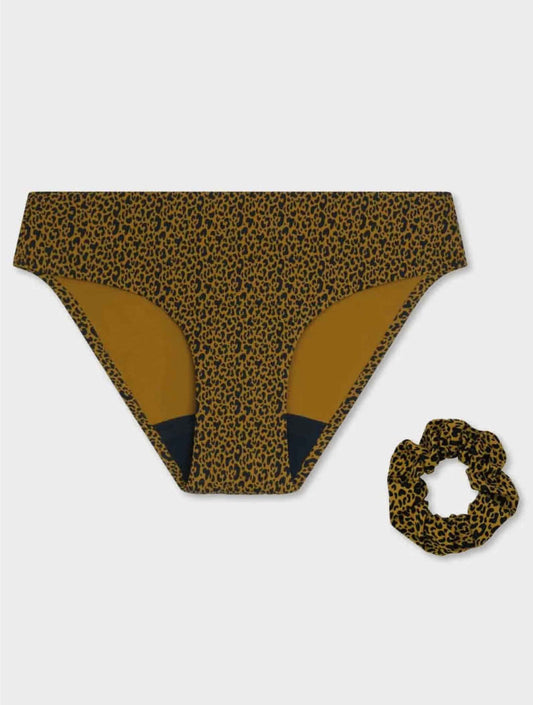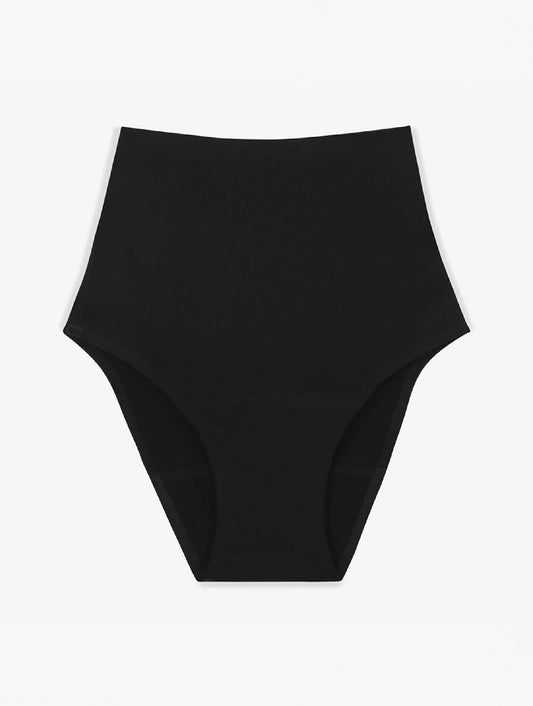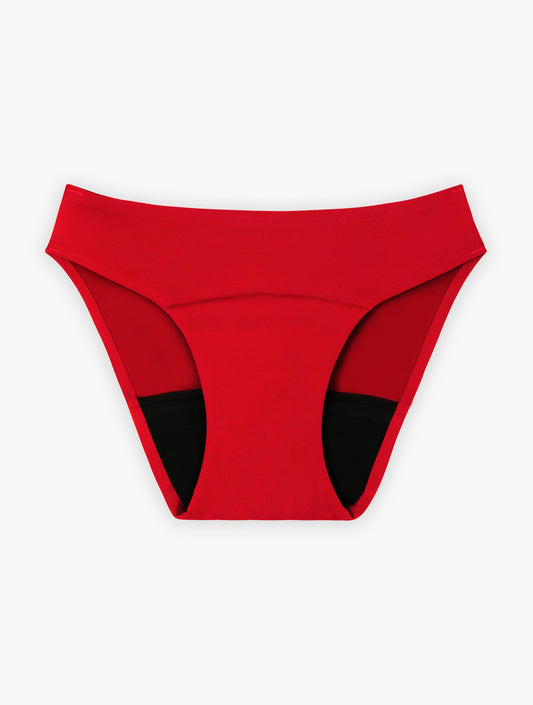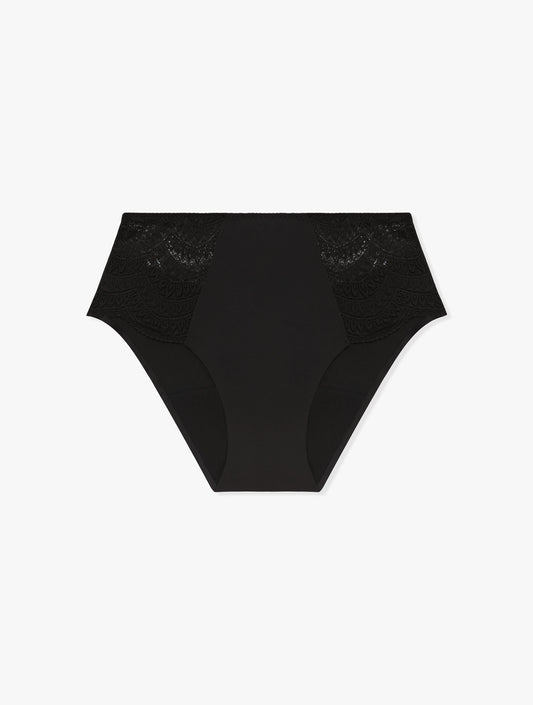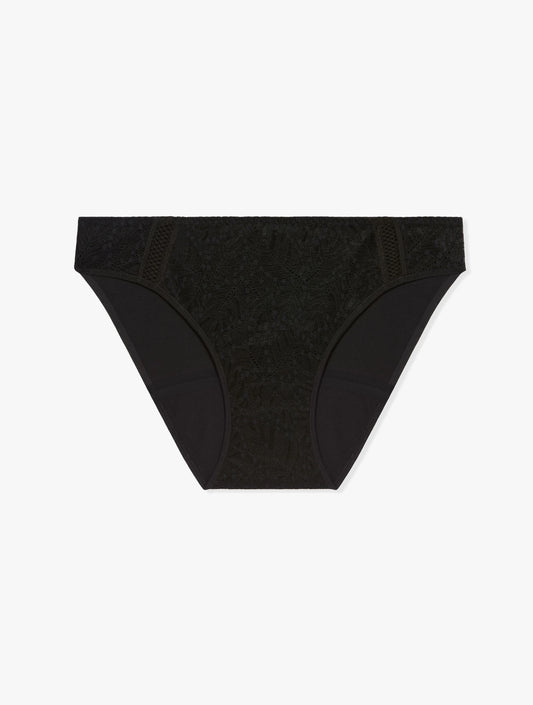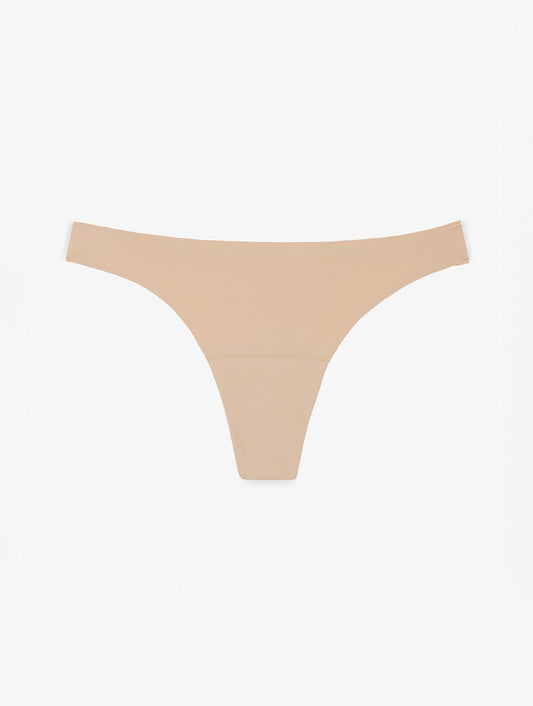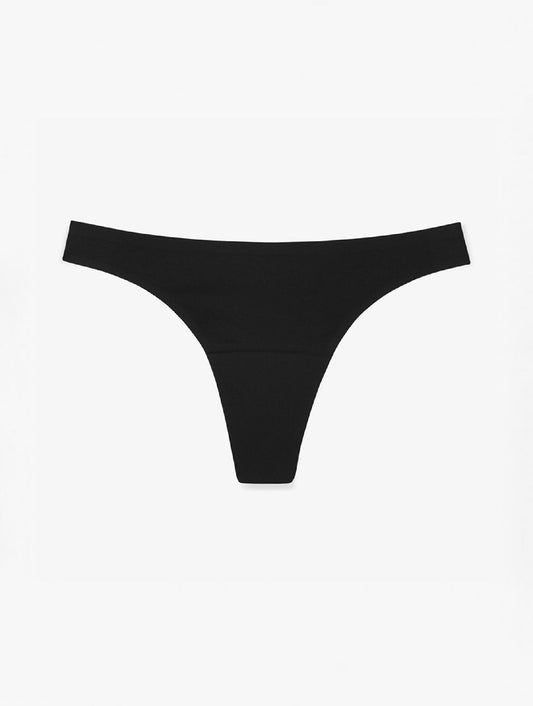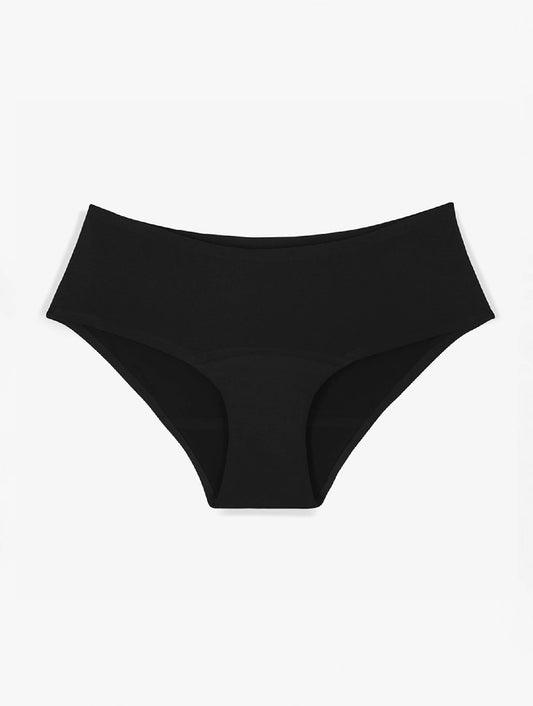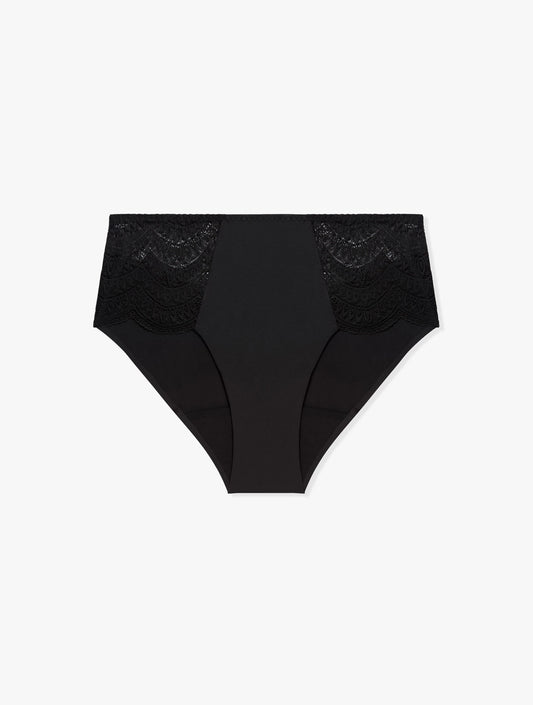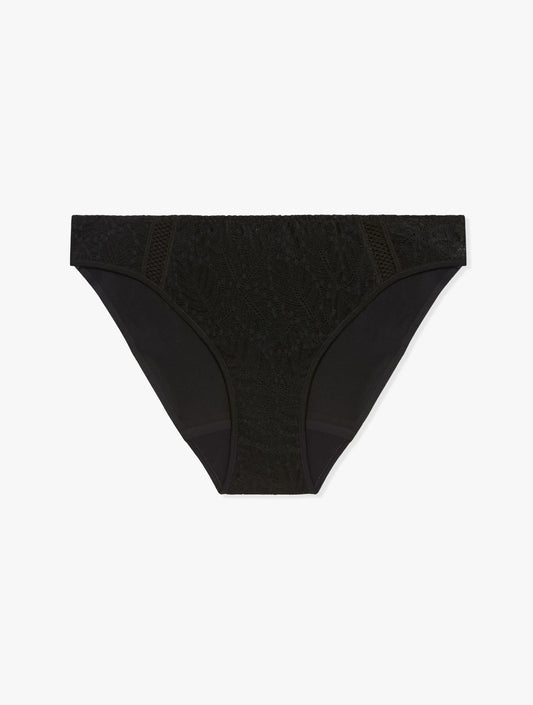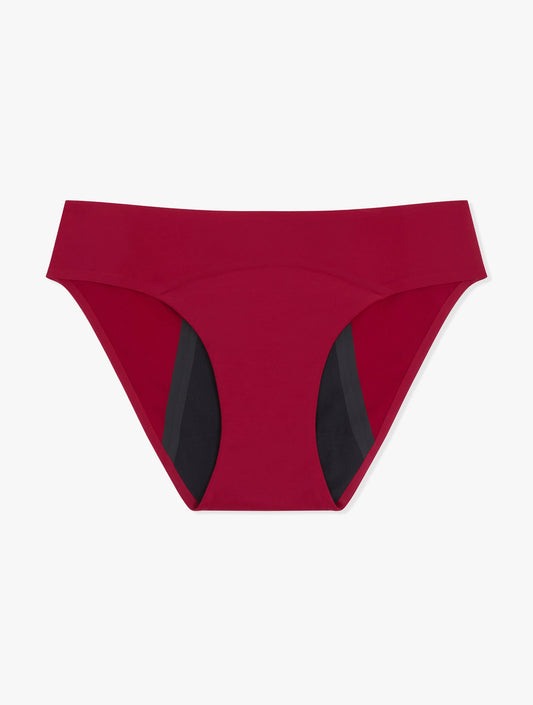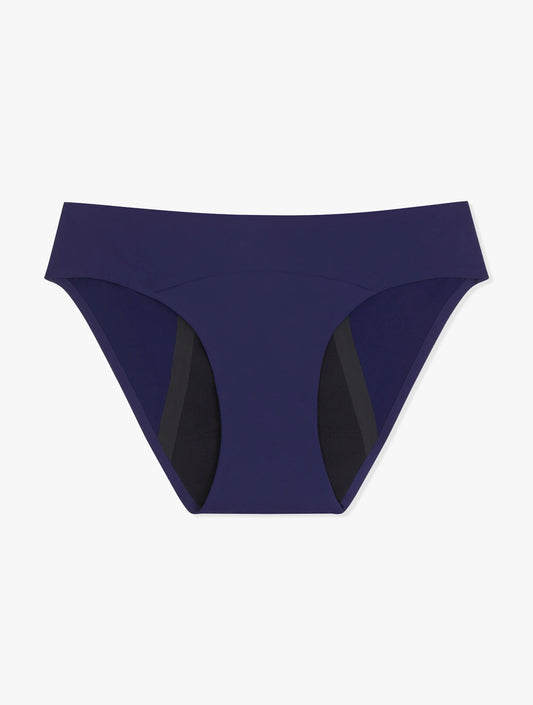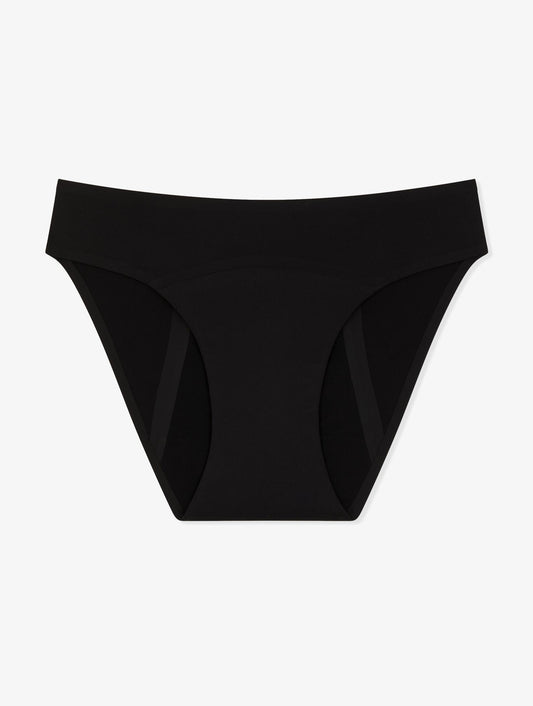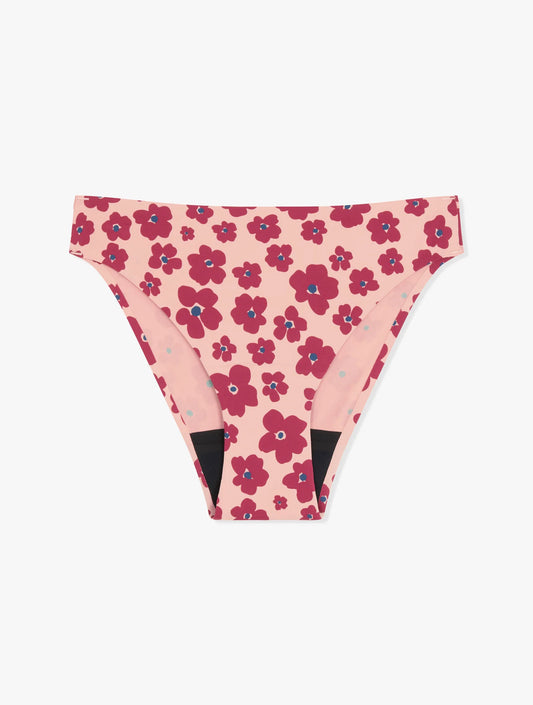Washable sanitary napkin: the most frequently asked questions
Economical and ecological alternatives to disposable sanitary protection, washable sanitary napkins (SHL) have been gaining ground in recent years. What health benefits do these reusable intimate protections offer? Are they expensive? How to use it and take care of it? We go around the most frequently asked questions about the washable sanitary napkin.
What are washable sanitary napkins used for?
Washable sanitary napkins or SHL are sanitary pads for women designed to absorb blood during menstruation. Unlike sanitary tampons or menstrual cups (classified as internal sanitary protection), the reusable sanitary napkin, like the washable panty liner, is an external protection that is placed in the panties. Their use can also occur in the context of urinary leakage.

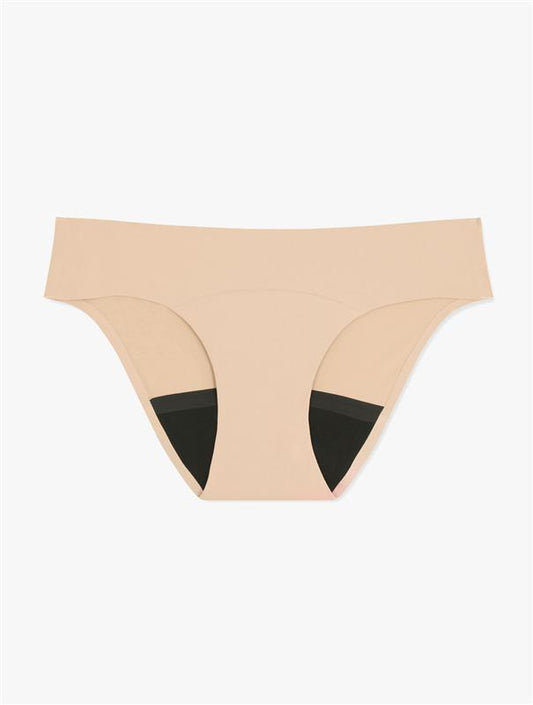
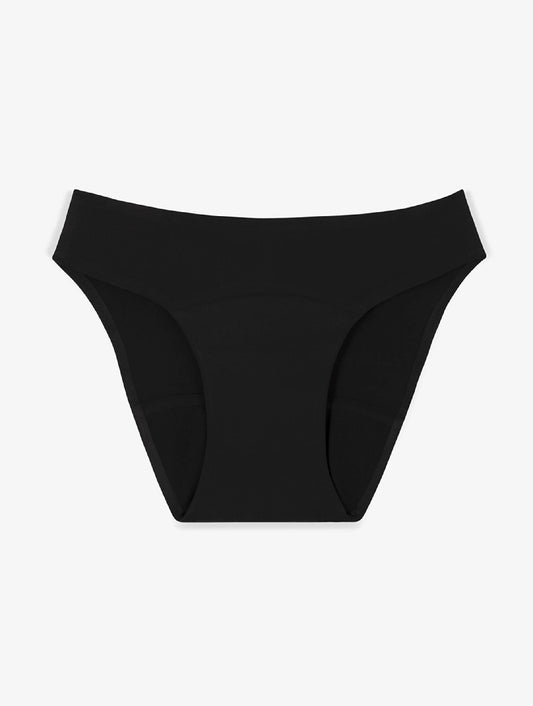
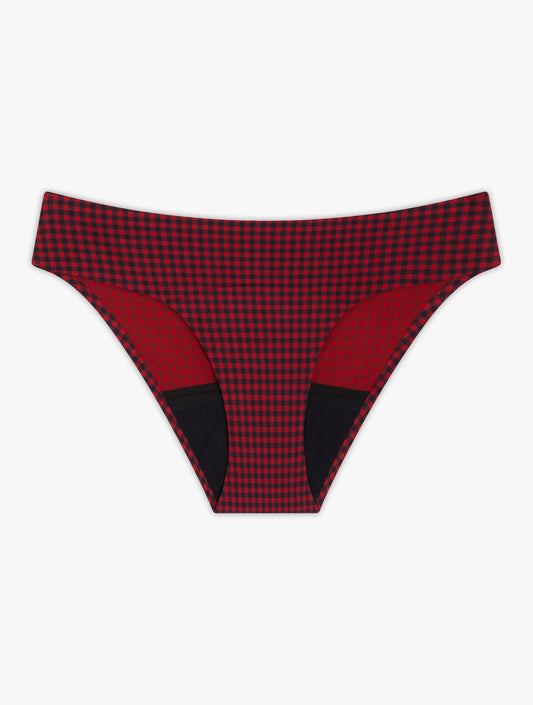
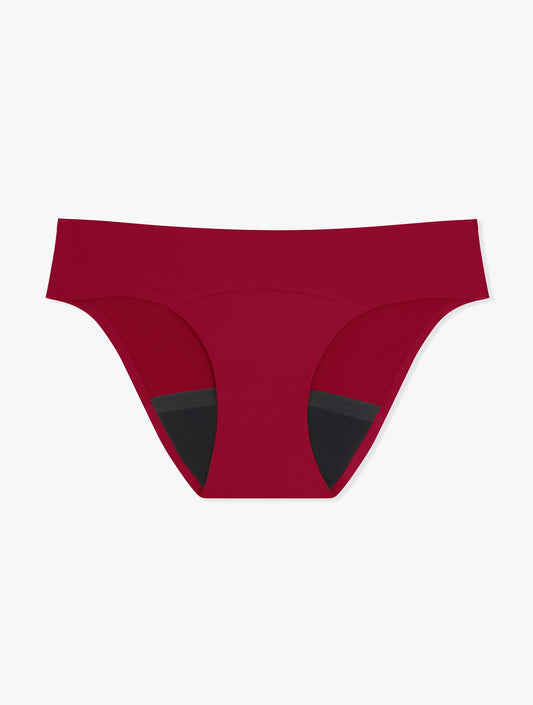
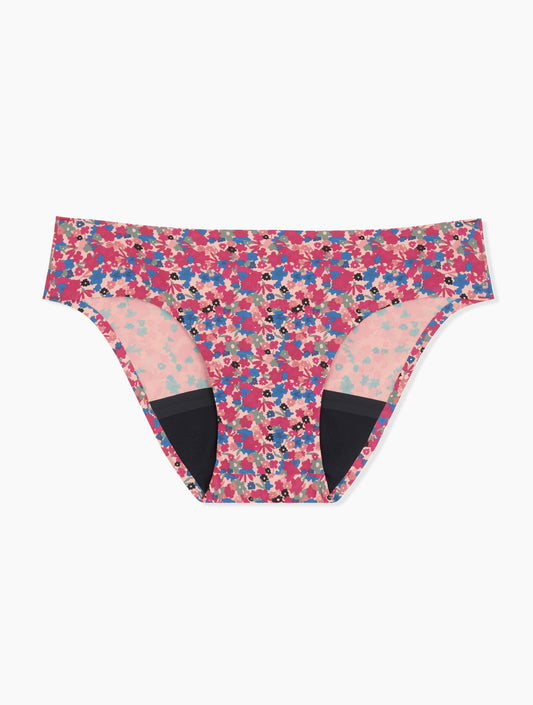
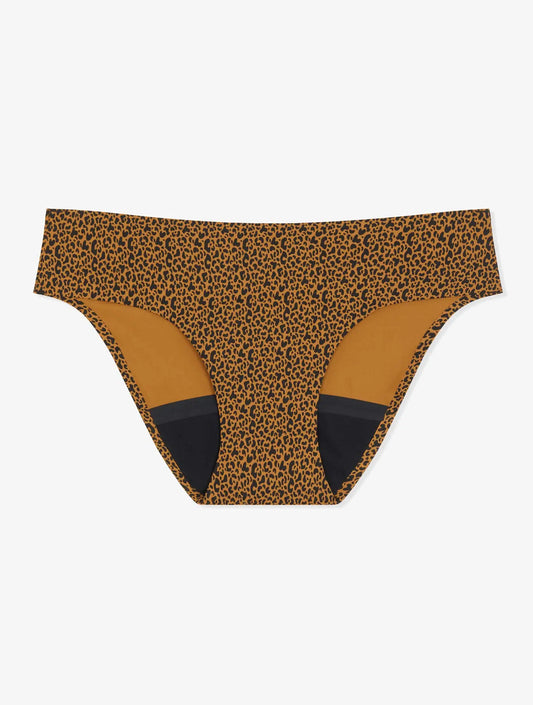
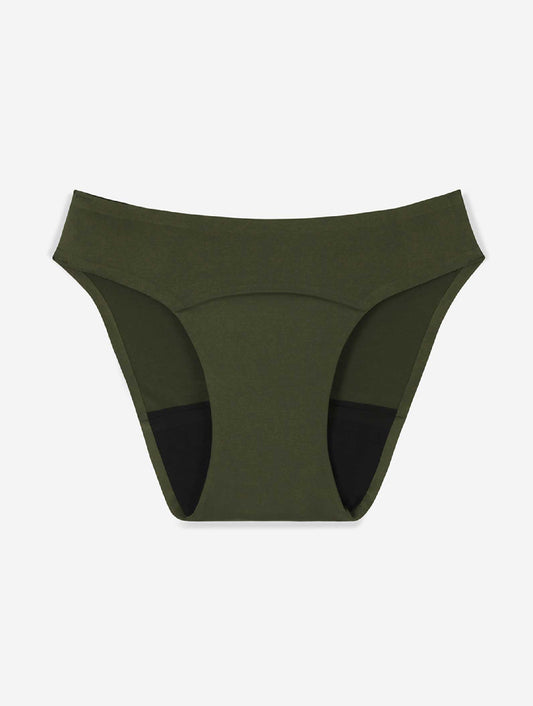
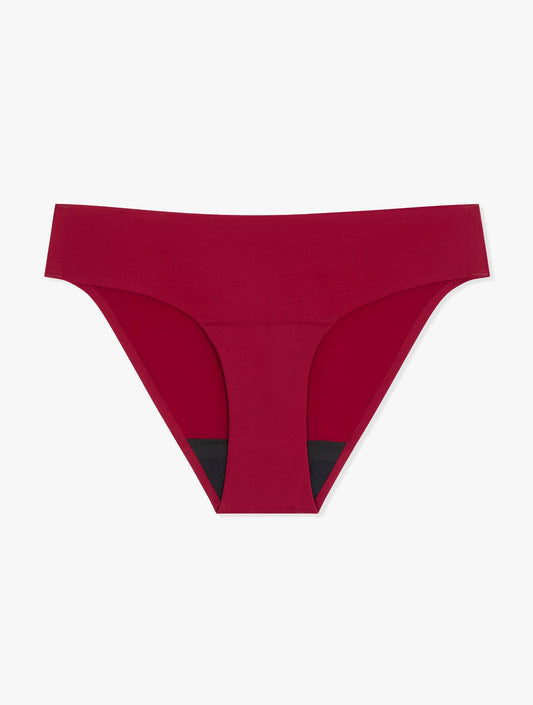
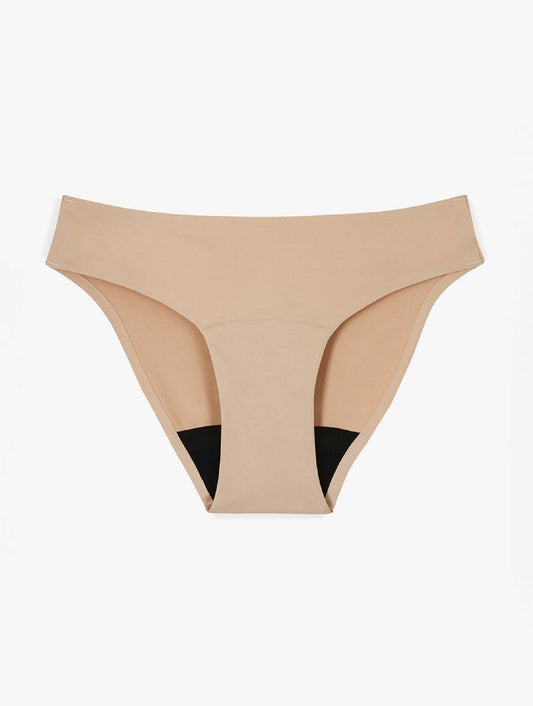
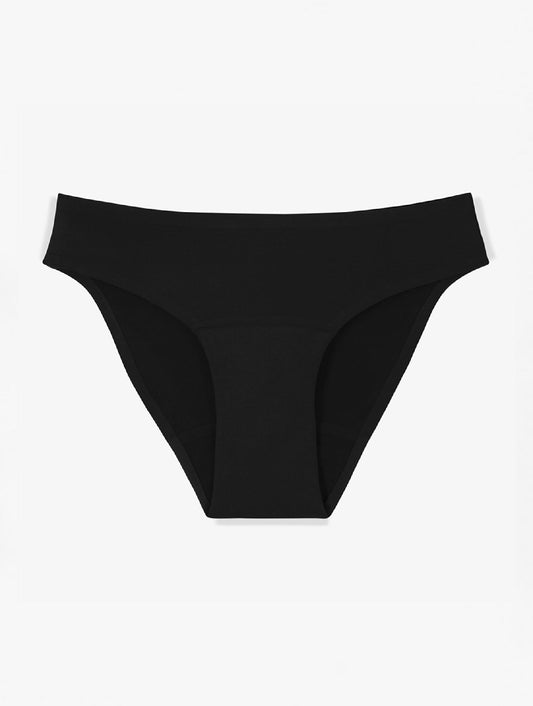
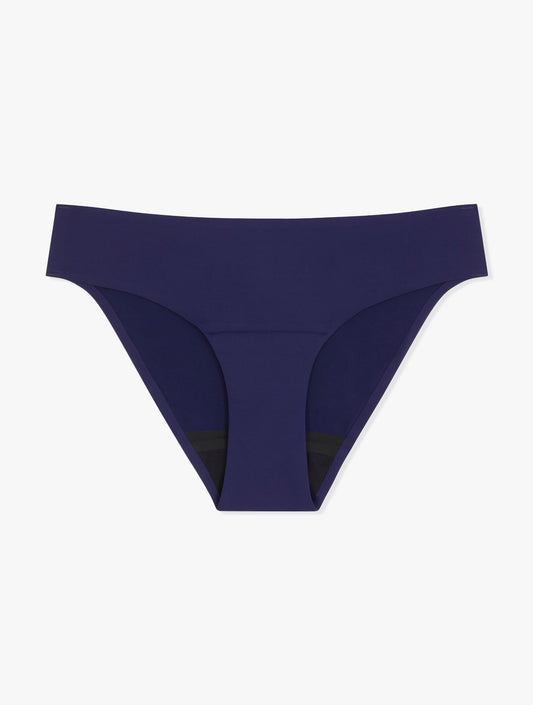
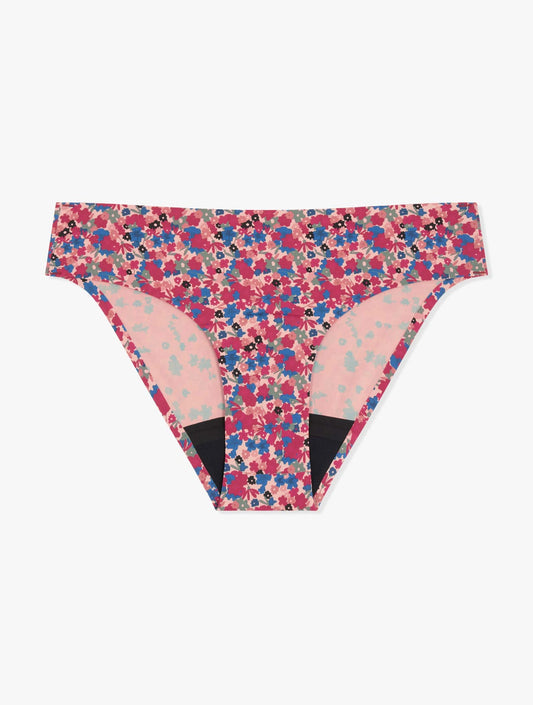
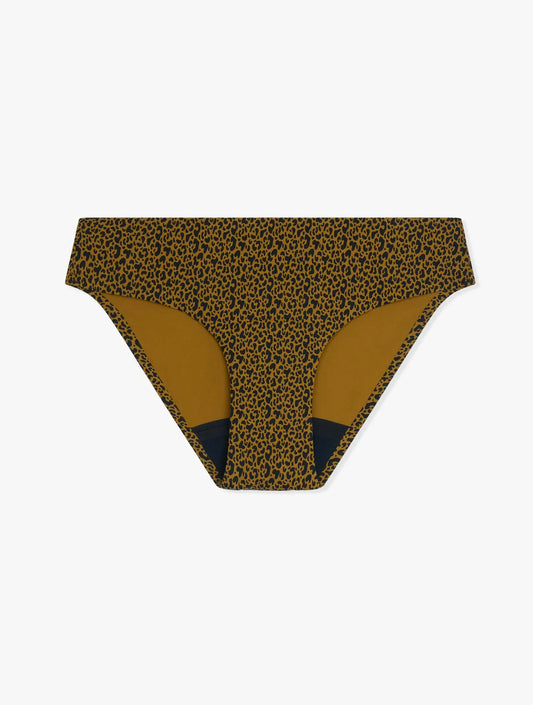
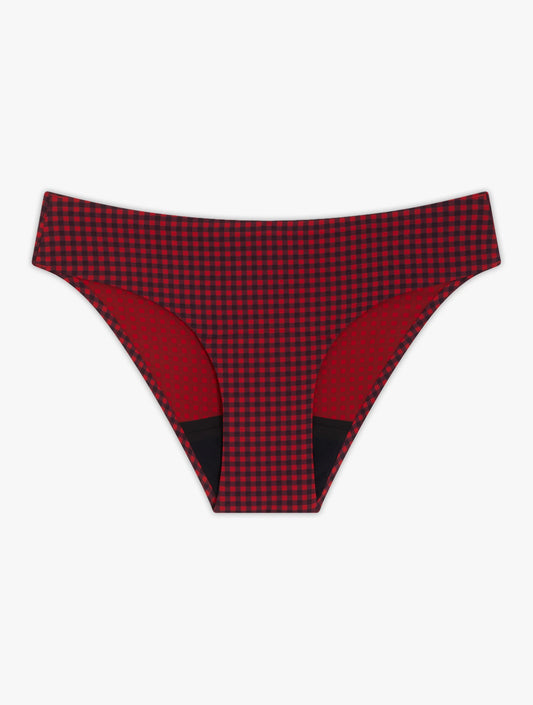
Are washable sanitary napkins always made of organic cotton?
Washable sanitary napkins are generally made from quality materials that respect the environment and health. Depending on the brand, it can be organic cotton, organic silk, bamboo fiber or eucalyptus...
To be precise, three kinds of materials are used alternately:
- The outer envelope in contact with the vulva is preferably made of soft and absorbent fabric (organic cotton, flannel, velvet, minkee velvet, etc.);
- The padding intended to retain the blood without forming an odor is made of absorbent materials (organic cotton, flannel, jersey, fleece, zorb…);
- The back in contact with the pants is made of waterproof or moisture-resistant fabric to limit the problem of leaks (laminated polyurethane or PUL, nylon, fleece, cotton, etc.).
How to choose your washable sanitary napkins?
The choice of a reusable sanitary napkin can meet several criteria. The selection can be made according to the materials that make up the washable towel, but also according to your preferences according to the patterns that decorate its envelope. The choice is made mainly according to the intensity of the rules. In case of light or moderate flow, it will be better to opt for models size S (small size or light absorption) or M (medium size or average absorption) to be comfortable. In case of abundant flow, it will be better to opt for size L models (large size or strong absorption). Depending on the brand, it is possible to obtain washable sanitary napkins in the form of:
- Set of 2 to 10 models of identical size;
- Pack containing different models of different sizes;
- Kit made up of one or more models accompanied by carrying pouches.
How to use your washable sanitary napkin?
The use of washable sanitary napkins is very simple. You put your protection at the bottom of your panties (plain side against the panties and patterned side up) and you fix it thanks to the very practical press studs present on the flaps.
When should you change your washable sanitary napkin?
Whatever the intensity of your periods (light flow, normal flow, heavy flow), you must change protection as soon as the absorption capacity has reached its limits. On average, it takes 4 hours (except at night when the duration of protection should be around 6 to 8 hours).
How many washable sanitary napkins do I need?
Ideally, there should be a sufficient number of washable sanitary napkins to last 3 days (the time to wear them, then wash them and finally dry them). To get an idea, write down the number of traditional sanitary napkins you needed during your last three periods. A dozen washable sanitary napkins in advance seems like a good average.
How are washable sanitary napkins cleaned?
Like all washable feminine hygiene accessories (reusable tampon, cup or menstrual panties), washable sanitary napkins can be cleaned all the more easily if blood stains are treated quickly. To make your job easier, we advise you to soak your protection in cold water as soon as possible. After a good rinse, you can wash it in the washing machine (at 40 or 60°C). To avoid any risk of irritation and allergies, be sure to choose the detergent (hypoallergenic detergent, avoid Marseille soap) and rinse thoroughly at the end of the wash.
In case of stubborn stains or odor, do not hesitate to use a little white vinegar before machine washing (especially no Marseille soap or too greasy detergents). To keep all their absorbency and impermeability, it is not recommended to add fabric softener to the laundry. For the same reasons, avoid the dryer and prefer drying in the open air.
What are the benefits of washable sanitary napkins
about health ?
Although in the majority of cases their content is devoid of any harmful substances (causes of allergies and irritation), washable sanitary napkins require some precautions for use. Starting with the frequency of changing (4 to 5 hours on average) and washing (choice of detergent and careful rinsing).
Are washable sanitary napkins economical?
To form your opinion, let's do a little calculation work. Women have their periods approximately 13 times during the year and on average 500 times from puberty to menopause. These periods last five days on average, according to the CNGOF (National College of French Gynecologists and Obstetricians). During this period, they use at least 3 sanitary protections daily. Per cycle, we obtain the use of 15 to 20 sanitary protections. Over the year, the figure reaches 195 to 260. Over a lifetime, this consumption of sanitary protection is estimated at 7,500 for the low version or 10,000 for the high version.
Translation into euros: the price of sanitary protection is 7.50 euros per cycle or 97.5 euros per year for women with menstruation of "normal" intensity and duration (5 days and moderate flow).
With these figures in mind, we can now compare the cost of washable sanitary napkins (and by the way that of the cup and the period panties).
As we have seen above, you have to count on a reserve of 10 washable sanitary napkins to be comfortable during your period: a budget of around 150 euros. But the good news is that this expense is amortized over several years because most washable sanitary napkins are guaranteed for 5 years or 200 washes. For the cup, it will take a budget ranging from 15 to 30 euros for a longevity of 2 to 10 years. For menstrual panties, you will need to plan a budget of around 30 euros for a lifespan of 2 to 5 years.
By Valerie.


